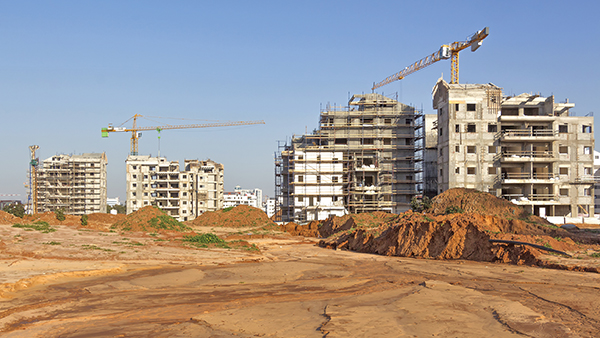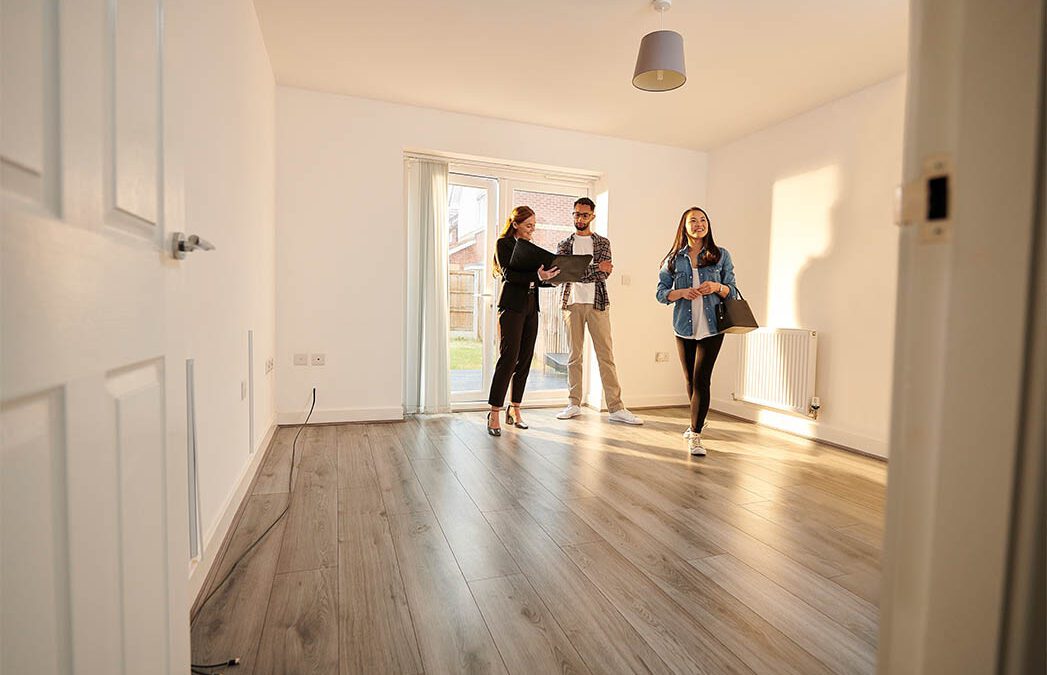Look at any major housing market in the country right now, and you will see signs of building. Inventory is short; the housing market is hot, and the cranes are all over the skyline. However, all too often, those cranes are not necessarily moving.
In the wake of the housing crash, we also saw these cranes standing still, but that was different. Then, there was no demand for their services. We had an absolute glut of housing inventory thanks to the foreclosure crisis. Now, those cranes are not moving because in a lot of cases, there is no one to run them. Real estate’s labor and supply shortage is real and, I fear, permanent.
Here’s why:
#1 The cost of building materials is not going to go down
In 2017, our country experienced multiple natural disasters that destroyed massive volumes of housing inventory. We had hurricanes and devastating flooding in Texas. We saw deadly, catastrophic wildfires out west. You might not have even heard about flooding across Oklahoma, Missouri, and Arkansas, but there were record-high water levels in those states, and we all have heard the horror stories coming out of Puerto Rico in the wake of Hurricane Maria. In total, the National Oceanic and Atmospheric Administration estimates that 2017 was a billion-dollar-plus disaster year.
All that destruction is terrible, and it has been hard, as you might expect, on the housing industry as well. Thousands lost their homes, and now the country is still in the middle of rebuilding. After Hurricane Harvey, all the construction materials in the country went to Houston along with most of the construction workers (see #2). That drove up the cost of raw materials like lumber, concrete, and shingles. Those prices are not going to return to previous levels, so do not wait for them to do so. Think about when there is an issue somewhere with gasoline and the price-per-gallon rises 50 cents. When the issue is resolved, gas prices may fall 30 cents, but they do not usually return to pre-problem levels. They stay higher. That will be true for construction materials as well, and it is going to continue to make housing more expensive to build and limit the number of sources for new housing inventory.
#2 Labor is expensive and in short supply
When the demand for construction materials rose, the demand for construction workers rose as well. There is a nationwide shortage of housing labor and the associated companies to perform that labor. Part of the reason for this is, again, last year’s excessive natural disasters. The labor went where the work was well-paying and plentiful, which is to say, Houston, Texas. The world of construction knows what insurance companies are paying on claims there, so roofers and other repair professionals went where the claims are being paid.
Furthermore, there just are not enough construction companies and contractors to go around. After the housing crash, a lot of these companies went out of business. Folks retired, retrained, and moved on. They are not necessarily back in business just because we need them, and the labor force is not growing at a rate that will accommodate the rising need for housing inventory. It takes longer to attract a good contractor to a project, and it costs a lot more to hire and keep them. A house that used to take 90 days to build might take 120 days or more, now.
#3 Developed land is in short supply
This last is a trend that started in 2006 and lasted probably through about 2012. As the country recovered from the housing crash, developers were not buying or developing land. Why would they? We all remember the empty neighborhoods full of abandoned foreclosures. Well, my company was buying land at that time, but we had a terrible time getting financing for it and most developers would not and could not make the far-reaching investments that we did because no one was lending money. The result was that developers pretty much stopped buying dirt, developing it, and making lots for building for about six years.
Now, there is a significant shortage of developed lots, which also slows down the creation of new housing inventory and makes that inventory, when it does exist, unaffordable because of the cost of obtaining the land and then developing it. That issue is not going away anytime soon. The combination of the cost of land, the cost of development, and the cost of the building is not going to abruptly become less expensive later this year, next year, or, to my mind, in the near future.
Is there a solution?
There may not necessarily be a cut-and-dried solution to the cost of labor and construction in residential real estate. However, there is a solution for real estate investors and developers who wish to build affordably and offer affordable housing options to the residents in their communities.
That solution is to seek public-private partnerships to finance projects that will increase affordable housing inventory in the areas of the country that need it most.
For example, in one of my main markets and part-time hometown, Nashville, Tennessee, our constantly expanding workforce often cannot live within the city limits because the housing is so expensive – and this is in the Southeast, which is probably one of the most affordable regions in the country. The salaries of the individuals who make our city a “foodie” destination, a cultural destination, an entertainment icon, do not qualify them to afford housing anywhere near the urban core where they work each day. Same goes for the hospital workers, teachers, police officers, and firefighters – all the people we rely on to keep us healthy, educated, and safe. If they want to live anywhere near where they work, they better be prepared to spend half their salary or more on housing.
It is up to investors and developers to seek out and take advantage of existing opportunities to finance affordable rental and retail residential housing, and up to municipal and state governments to create more tax incentives, subsidies, and partnership opportunities for investors to leverage to increase the housing inventory in a time when the costs are otherwise just too high.
Bruce McNeilage is the managing member and a co-founder of Kinloch Partners and a partner in Harpeth Development. He is a passionate advocate for housing affordability and homeownership and invests heavily in Nashville, Tennessee, as well as throughout the southeast. Learn more about his projects, including single-family built-to-rent communities and the Solo East and North condominium projects at www.Kinlochpartners.net.























0 Comments